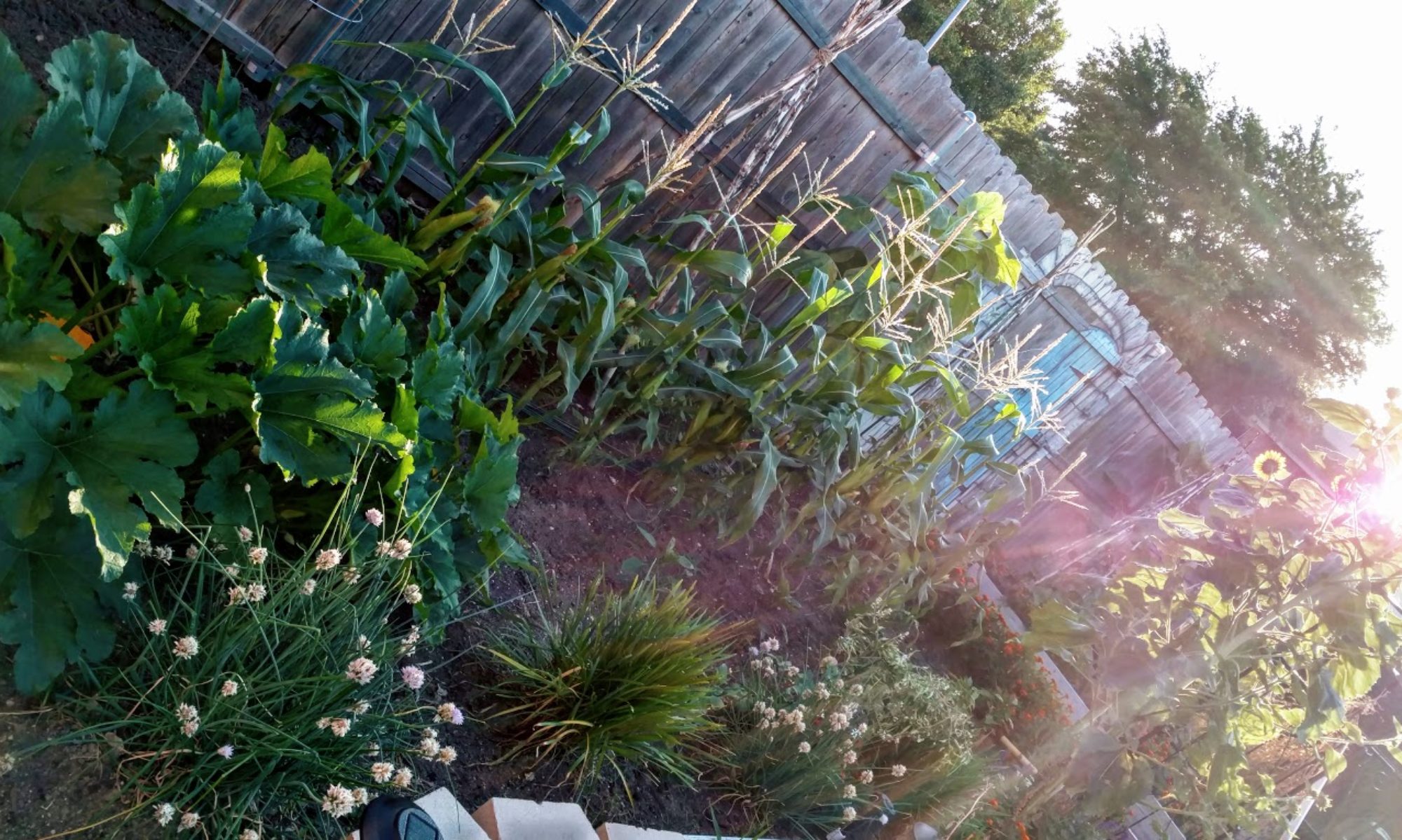
Yarrow has become one of my favorite wild herbs. I received my first yarrow plants as an act of God. Yep, I found it growing wild in my pesticide/weed killer free lawn right next to the Dandelions! Once this fuzzy fern looking plant was identified as Yarrow, I knew it was staying and moved several clusters to a designated spot in the garden. It now returns annually. I do still tend to find more showing up in other areas. When this occurs I either move it to its designated spot, pull it up, or leave it right where it is and allow it to bloom.
Growing from Seed
If starting Yarrow from seed start indoors 6 to 8 weeks prior to the last frost. Plant in ground once all fear of frost has passed.
- If direct sowing start in early spring after all chance of cold has passed.
- Yarrow loves full sun, it can grow in partial shade however will not grow as strong. For this reason its best to find a sunny spot for Yarrow.
- Plant in sandy loam soil. Yarrow can grow in clay soil if water does not stand in the area for extended periods of time.
Companion Plants
- Lavender
- Garlic
- Onions
- Cabbage, broccoli, and all the Brassicas
- Oregano
- Spinach
- Thyme
Yarrow is susceptible to Powdery Mildew so DON’T grow it around plants that are also susceptible to Powdery Mildew. For example, squash, pumpkins etc.
Read more about the history and uses of Yarrow here:
HFF Plant of the Month: Yarrow
Brought to you by Herbal Face Food
 The plant of the month series brought to you by Herbal Face Food. A company I'm very happy to support. Each of their products are made with 100% plants! As they say, "HFF is not plant based it's 100% plant powered." Bringing together up to 100 different plants in their products, HFF is the only 100% plant based skin care product on the market. I do make a discount for any purchases referred. In turn, I'm able to offer a 20% discount to my readers along with tips on how to use the same wonderful plants in your own home or plot gardens.
The plant of the month series brought to you by Herbal Face Food. A company I'm very happy to support. Each of their products are made with 100% plants! As they say, "HFF is not plant based it's 100% plant powered." Bringing together up to 100 different plants in their products, HFF is the only 100% plant based skin care product on the market. I do make a discount for any purchases referred. In turn, I'm able to offer a 20% discount to my readers along with tips on how to use the same wonderful plants in your own home or plot gardens.


























 As a result, their greenery or their flowers can sometimes look shabby. An easy way to take care of the greenery is simply to trim it back. They clip easily with shears almost like a shrub making the leaves very tidy and nice looking with the tall flowers sitting atop them.
As a result, their greenery or their flowers can sometimes look shabby. An easy way to take care of the greenery is simply to trim it back. They clip easily with shears almost like a shrub making the leaves very tidy and nice looking with the tall flowers sitting atop them.




You must be logged in to post a comment.